“Where are you going?”
“Lebanon.”
“What? Why? What are there to see? Where will you stay?”
“I want to see Beirut and …”
“Oh, Beirut!”
It appeared that to one of my friends, the Lebanese capital has a much more positive reputation than the country itself, which is understandable since Beirut has been known for decades for its vibrant nightlife and thriving financial industry. Often dubbed the “Paris of the Middle East”, Beirut enjoyed a status as the financial center of the region during the Persian Gulf oil boom, and a holiday destination for rich Gulf Arabs and Europeans who sought a relaxed way of life in a balmy Mediterranean setting. Numerous celebrities, including Brigitte Bardot and Elizabeth Taylor, made their way to Beirut, which only increased the city’s popularity among the jet-set. All seemed to be well.
However, in 1975 conflict broke out in Beirut, and soon afterward it escalated into a prolonged civil war that took 120,000 lives, displaced tens of thousands, and forced almost one million to flee the country altogether. It has left scars on buildings around the city and throughout the small nation, on the hearts and minds of the people, and unfortunately it has shaped the rest of the world’s perception of Lebanon even until now. To understand why this otherwise beautiful land was devastated by war, one needs to understand Lebanon’s long and convoluted history.
Lebanon falls under what historians call the Fertile Crescent, a well-watered region stretching from the Persian Gulf to the Mediterranean Sea that was the cradle of some of the earliest great civilizations. This western end of the crescent with easy access (by ship) to Egypt, Greece, and the rest of Europe and North Africa was settled by the Phoenicians, a seafaring people known for their extensive trade network and for inventing the oldest known alphabet. At their peak, the Phoenicians possessed trading colonies as far as what is now Cádiz in Spain. These Levantine people were able to rise in prominence following the decline of the Ancient Egyptians and the Hittites (centered in what is now Turkey), two regional powers that controlled lands far beyond their core realms.
The Phoenicians once again found themselves under the shadow of other nations when Cyrus the Great conquered Phoenicia in 539 BC and incorporated it into his fast-expanding Persian Empire. And over time, this land was subsequently conquered by the Greeks, the Armenians, and the Romans. When Christianity spread across the Roman Empire, centers of the new religion’s teaching were established in many places within the vast realm, including the snow-capped mountain range called Mount Lebanon from which the name of the country is believed to have originated (the Phoenician word lbn which means “white”, referring to the snow, is the root for Lubnan, Liban, and Lebanon – how the nation is known today in different languages). A hermit named Maron founded a monastic tradition in this area which was then introduced by his followers to the region. Eventually, Maronite Catholicism became the predominant Christian denomination in this part of world.
Since the rise of Islam in the seventh century, much of what is now Lebanon has been administered as a part of different Islamic dynasties, from the Umayyads (based in Damascus) to the Mamluks of Egypt and the Ottomans of Turkey. Despite being under the control of Muslim rulers for centuries, much of the general populace retained their Christian faith. When the Franks in Western Europe instigated the Crusades against the Arabs to regain what had been lost from the Byzantine Empire, the coastal areas of modern-day Lebanon temporarily came under the control of two Crusader States – the Kingdom of Jerusalem and the County of Tripoli – until the recapture of the Levant by the Muslims. Nevertheless, the most lasting legacy of this chapter in Lebanon’s history is the allegiance of the Maronites to the Pope in Rome, instead of Eastern Mediterranean patriarchs like that of Constantinople.
Following the Ottomans’ defeat in World War I, the French took control of Syria and Lebanon. By this time, Lebanon was still predominantly Christian, with Sunni and Shia Muslims, as well as Druze, making up the rest of the population. Decades later, when France was occupied by Germany during World War II, Lebanon gained its independence in 1943 with one of the most significant pacts unique to the country coming into effect. The unwritten National Pact dictates that the president of Lebanon should be a Maronite Christian, the prime minister a Sunni Muslim, the speaker of the parliament a Shia Muslim, and the deputy prime minister as well as deputy of the speaker of parliament a Greek Orthodox. This power sharing based on religion is known as Confessionalism.
In 1948 the founding of Israel was declared to the south of Lebanon, and the Arab-Israeli war followed several decades later. Both events resulted in, among many things, the exodus of Palestinians to neighboring countries. The Sunni Palestinians who made their way to Lebanon mostly settled in the southern part of the country which is traditionally the land of the Shia Muslims. This caused a sudden shift of demographics – an issue so sensitive that the last official Lebanese census was conducted in 1932 – which created further tensions in the already convoluted relations among sect-based communities in the country. At the beginning of the war in 1975, one side looked to the West for support, the other to Arab nationalists aligned with the Soviet Union; one side was sympathetic to the Palestinians while the other was closer to Israel; then came the meddling of Syria and Iran; until it all got really tangled up with ever-shifting alliances. One’s enemy today might become an ally the next day.
For 15 years, a bloody civil war ravaged the entire country whose land area is about the same size as Massachusetts or just half of Slovenia. Communities were pitted against each other, Beirut was divided into a Muslim west and Christian east with the notorious Green Line (which gained its name thanks to nature reclaiming roads and concrete as this strip became a no man’s land) separating the two. Luxury hotels in the capital were turned into sniper dens during the Battle of the Hotels with the Holiday Inn – which had opened only a year prior to the outbreak of war when Beirut was still enjoying its status as a prime holiday destination – being one of the most heavily contested of all.
Finally in 1989 a breakthrough was achieved when the Taif Agreement was signed, providing the basis for ending the civil war. According to its terms, the Christian to Muslim ratio in the Lebanese parliament which had long favored the former with a 55:45 ratio would be changed into 50:50 for a fairer balance of power. Also, the prime minister who was previously beholden to the president would now report to the legislature. The agreement also dictated the disarmament of all militias in Lebanon (except for the Iran-backed Hezbollah for it was considered a resistance force in the Israeli-occupied south), the expulsion of the Palestinian Liberation Organization (PLO), and the eventual withdrawal of Syrian forces from Lebanon.
To a certain degree, peace and normalcy soon returned to Lebanon following the signing of the agreement. Rebuilding commenced, and in Beirut a company called Solidere was responsible for the rebirth of the downtown area from the ashes. Rafic Hariri, a businessman and important political figure who became Lebanon’s prime minister from 1994 to 1998 and a major shareholder of Solidere, implemented policies that helped the country’s economy rebound. However, a rift between Hariri (who opposed Syria’s influence in Lebanon’s internal affairs) and Émile Lahoud (the country’s president from 1998 to 2007 who was backed by Syria) led to increasing tensions in the country which was still reeling from the wounds and damage of the civil war. In 2000, Rafic Hariri was appointed prime minister once more, leading the anti-Syria camp in the government until 2004. One year later, he was assassinated in a car bomb attack in the hotel district of Beirut. Syria was believed to be responsible for this killing which triggered a series of mass protests, especially in the capital, demanding the withdrawal of Syrian troops in Lebanon and the replacement of the Syria-backed government, among other things. Under immense pressure from the UN, Syria completely withdrew its troops from its smaller neighbor within a matter of months, although the pro-Syria president remained in office for three more years.
However, normal life had yet to come despite the success of what was called the Cedar Revolution. In the following years, a string of car bombings targeting anti-Syria politicians rocked the country. Then in 2006, in response to a cross-border ambush by Hezbollah, Israel once again attacked Lebanon. Some observers viewed this as the beginning of a proxy conflict between Israel and Iran, which supports the southern Lebanon-based Hezbollah. During the summertime war, Israel imposed an air and naval blockade on Lebanon, while bombing targets and destroying infrastructure up and down the small nation. Fortunately hostilities ended a little over a month after they started, and exasperated by Hezbollah’s position in Lebanon (effectively operating as a country within a country), the Lebanese Army was reintroduced into the south, making the presence of the central government felt in Hezbollah’s stronghold.
Since then, no large-scale conflict has ever erupted in Lebanon. As a result, Beirut is gradually regaining its former status as a vibrant and cosmopolitan city. New businesses sprout as the Lebanese diaspora slowly return to their homeland, bringing in cash and fresh ideas. Rebuilding and gentrification are a common sight, especially in downtown Beirut. The city has once again won back the confidence of international hotel chains like the Four Seasons, and its cultural scene is booming too. More and more publications feature Beirut and Lebanon in general as among the most exciting places to visit in the world.
“Some parts of Beirut remind me of Montreal,” James told me. “It’s the atmosphere, some of the modern buildings, the way people dress.”
Sure, French signs are ubiquitous along with Arabic and, increasingly, English. But the city has its own distinct character. Walking down one street you might understand why it was called the Paris of the Middle East, then take a turn and you’ll probably think it looks a little bit like Istanbul. But since this is Lebanon, you can agree to disagree with me, just like everything else here. The spelling of a place name, for example isn’t standardized: is it Gemmayze or Gemmayzeh? Ashrafiyeh or Achrafieh? Zokak El-Blat or Zuqaq El-Blat? Then, of course, all the political disagreements that have gotten this country into a lot of trouble.
But forget about all those troubles if you visit Beirut today. It has world-class museums, great art spaces, inspiring retail shops, charming old neighborhoods, delicious food, a beautiful Corniche, and friendly cats. Some places, like Beit Beirut, are purposefully untouched or minimally renovated to remind people of Lebanon’s dark past and what could happen if communal conflicts are allowed to simmer and boil over. Stroll through its gentrified, rebuilt downtown and catch a glimpse of the filming of a Lebanese movie or soap opera (popular throughout the Arab world), or explore Martyrs Square and get a sense of the Roman civilization that once called this city Colonia Iulia Augusta Felix Berytus. Walk across the city and see its numerous mosques and churches, and mosques, and churches. In some areas you will see military personnel in uniform who will remind you not to take any photos of certain buildings, in a friendly and far-from-intimidating way. Walk around, and you’ll see that beyond the palpable scars, Beirut exudes hope, which makes me optimistic about the prospects for other war-ravaged cities around the world.

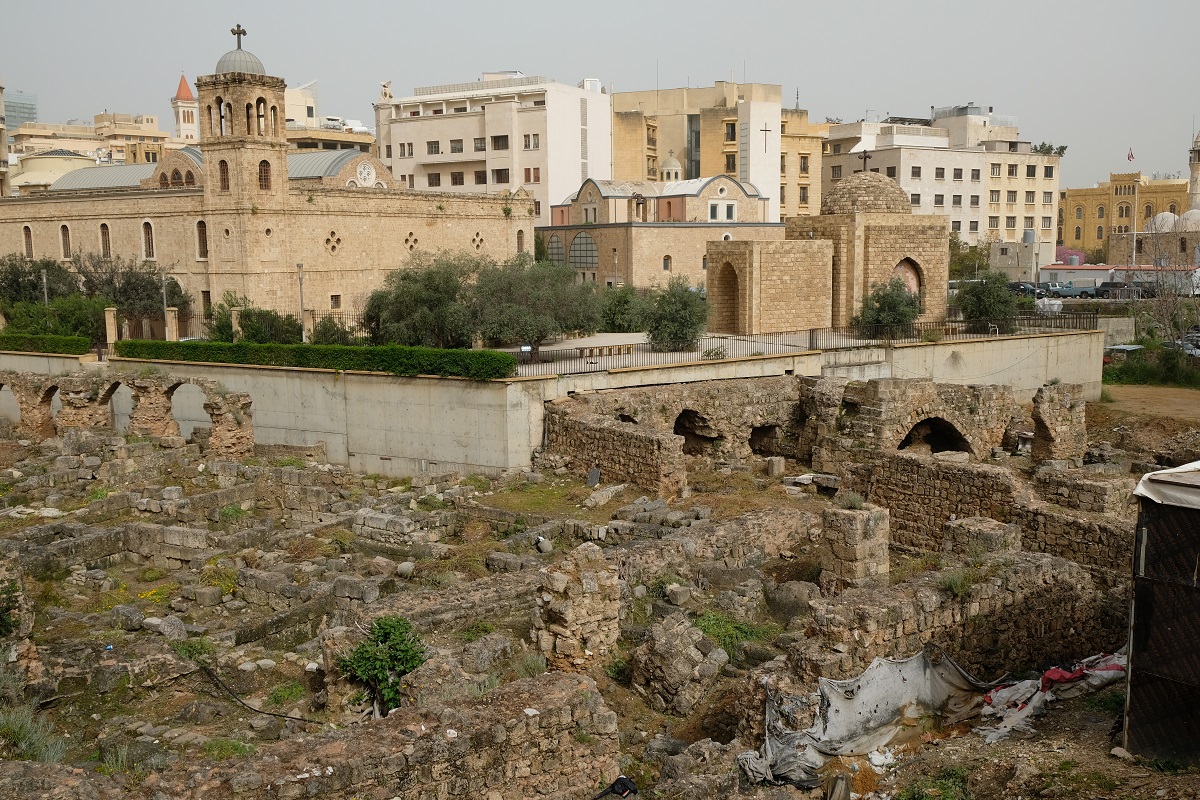
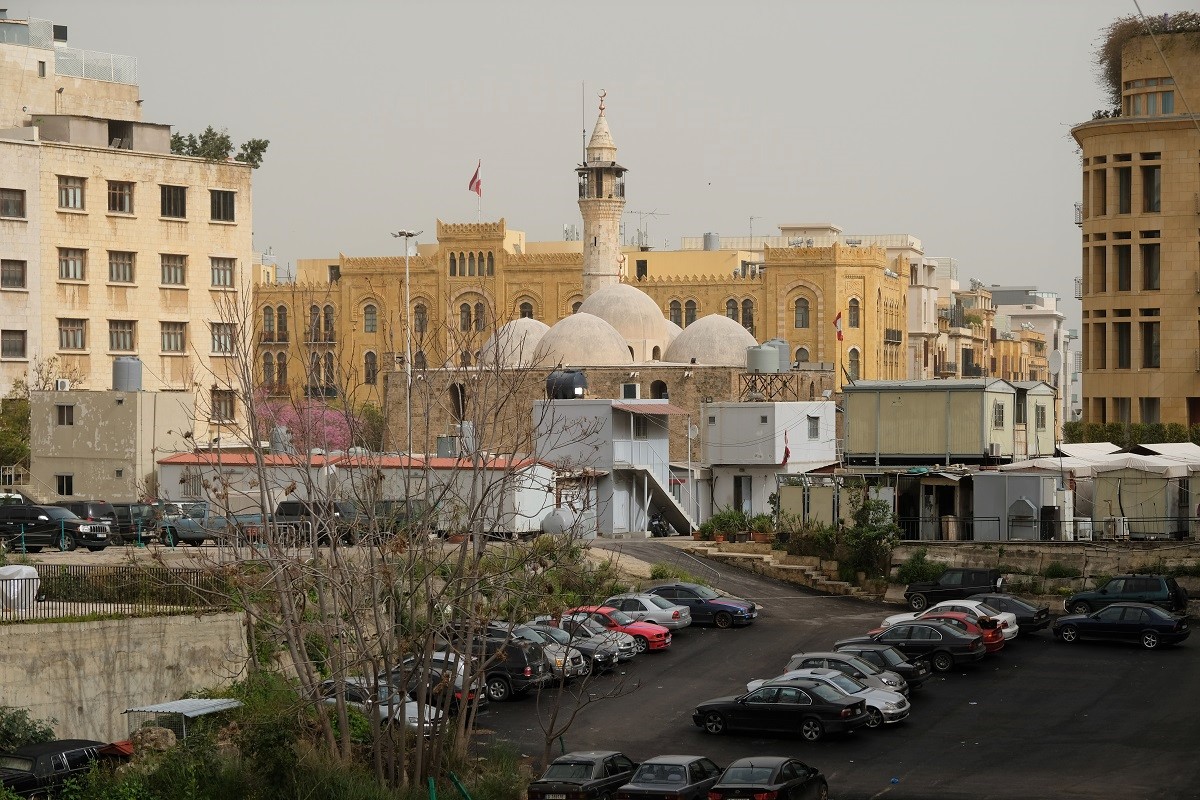


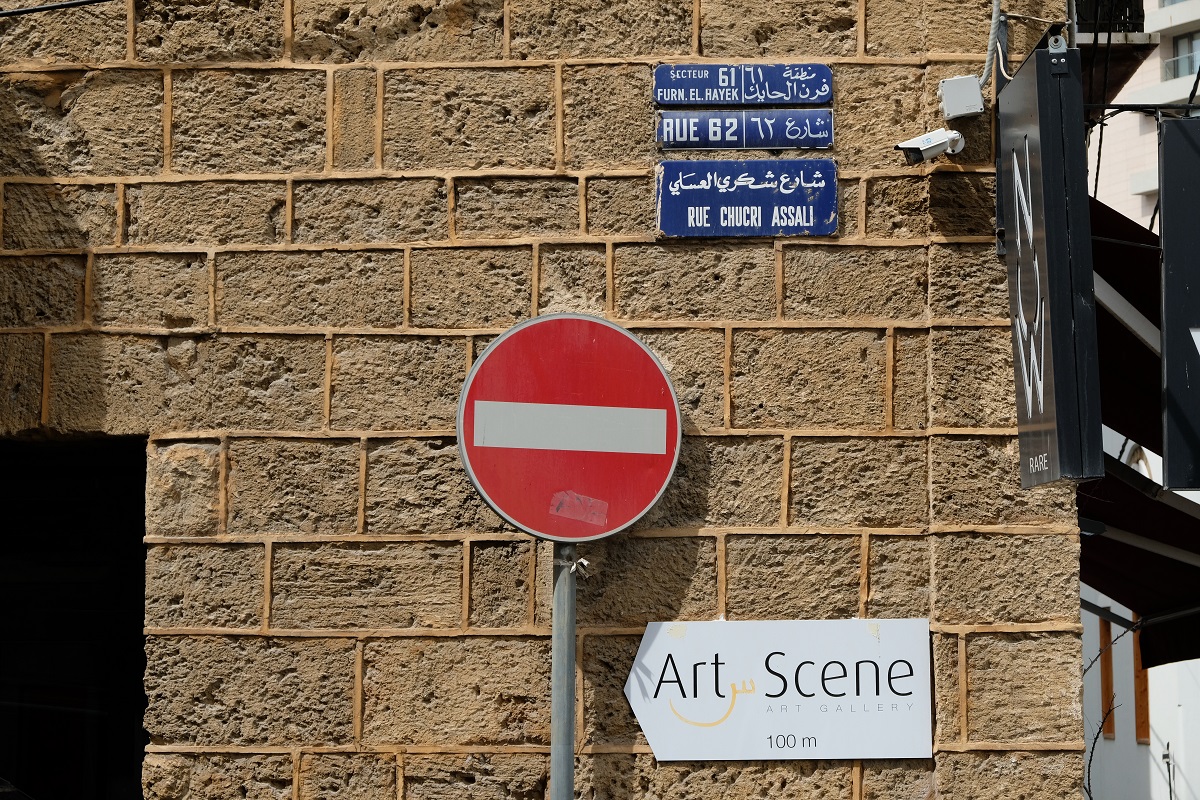






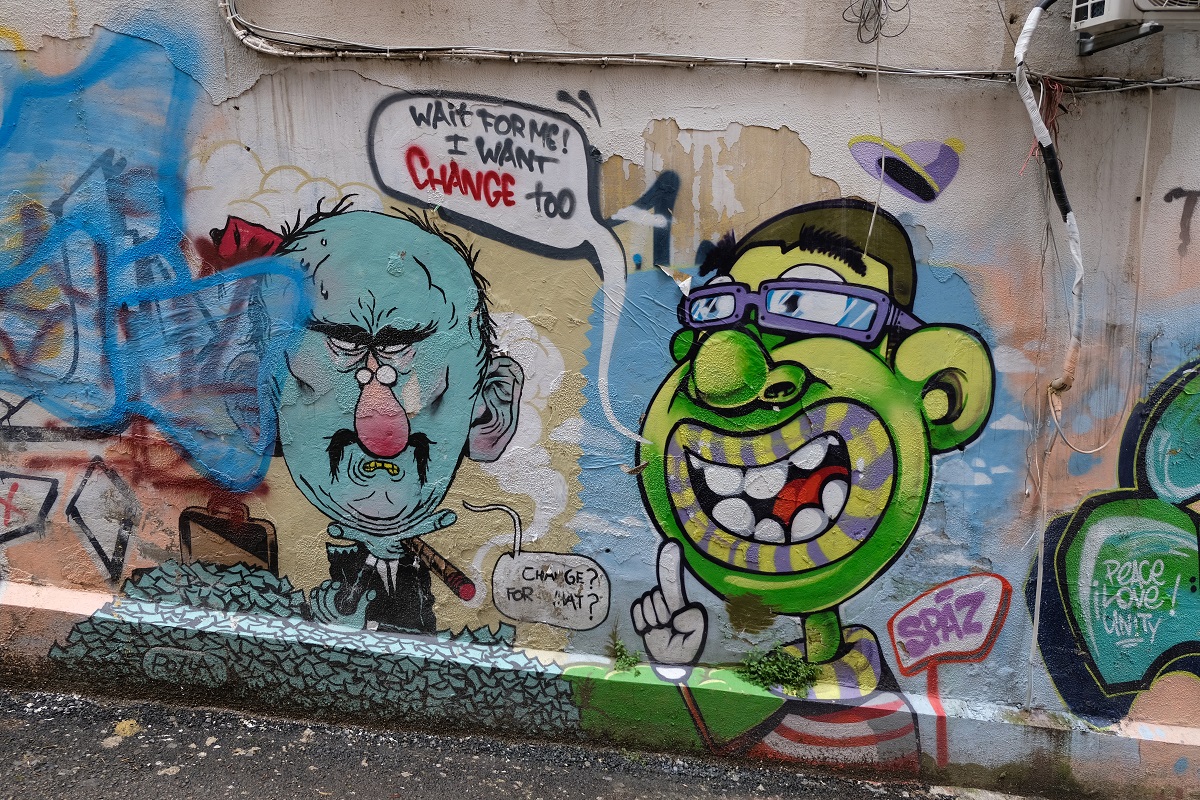
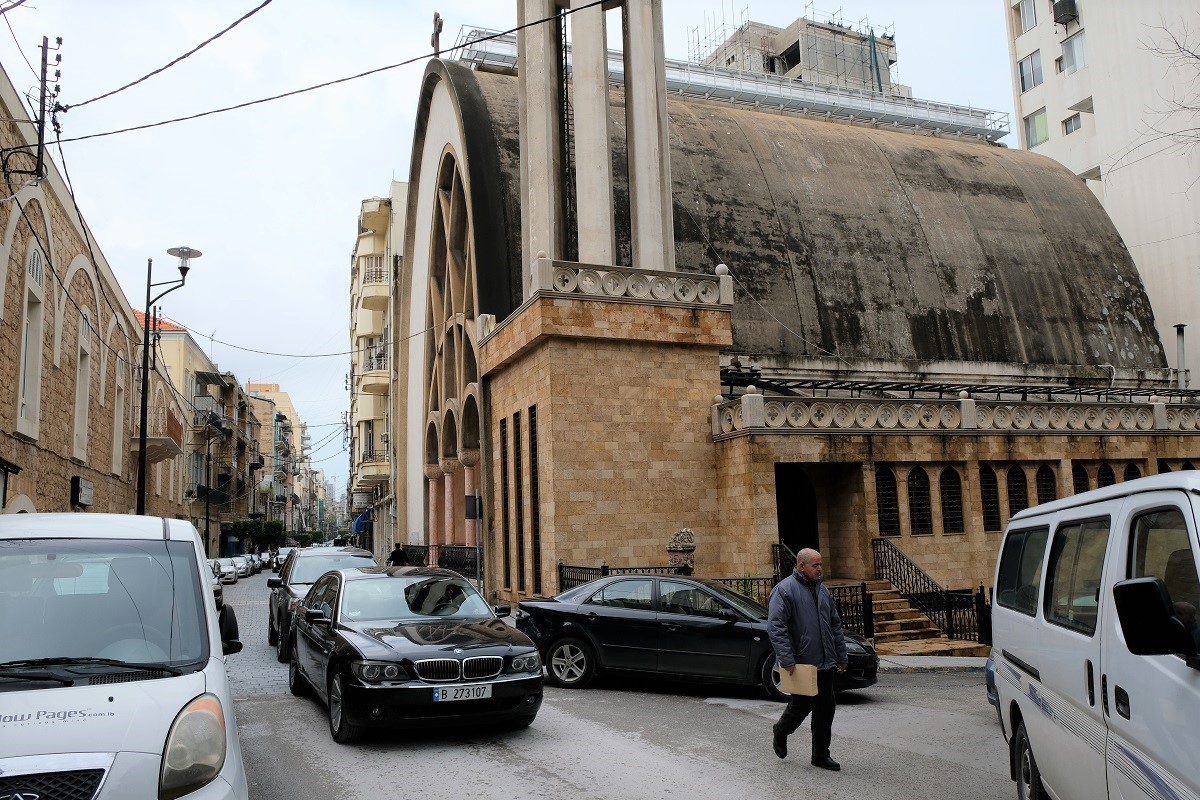
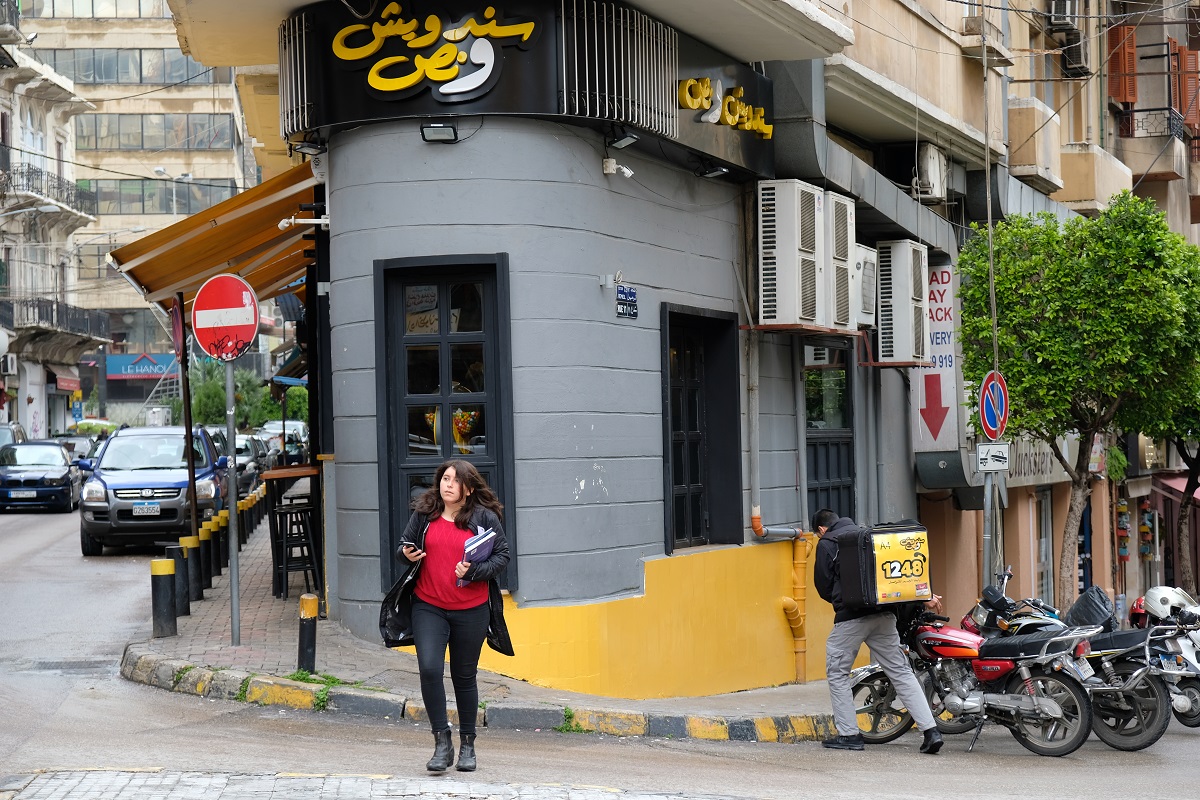







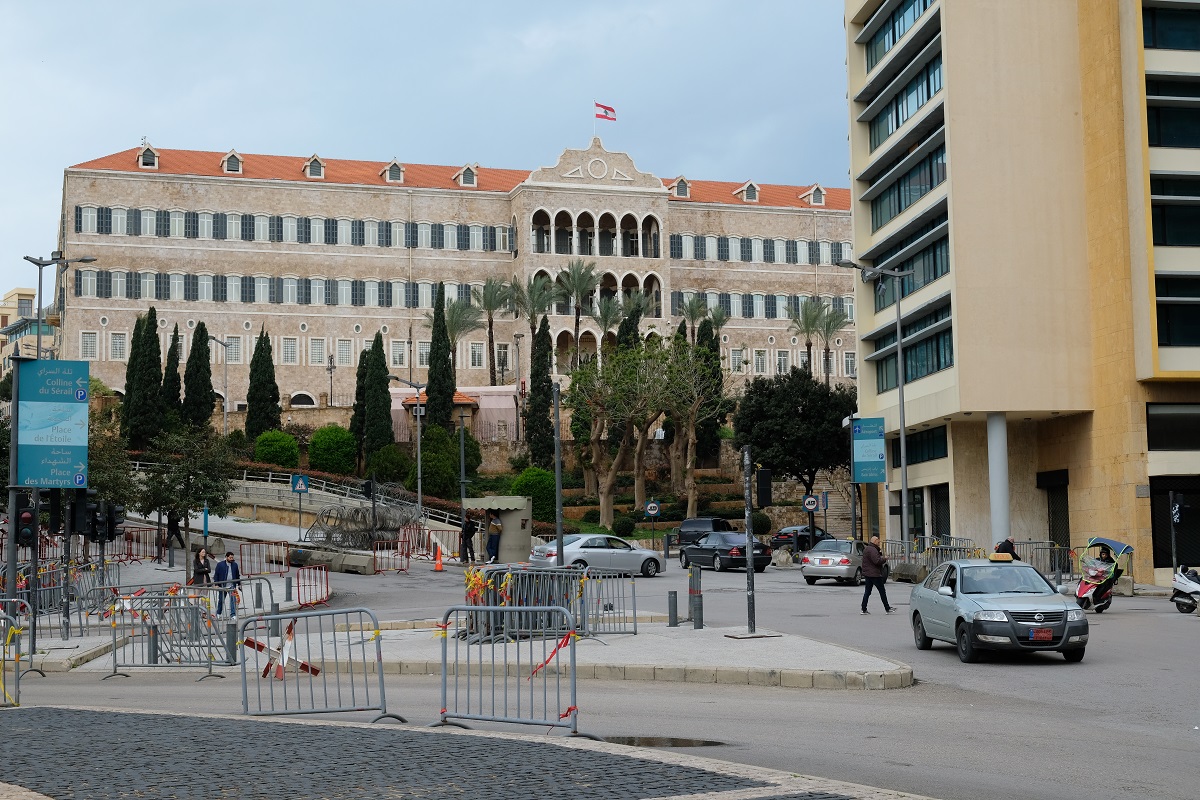

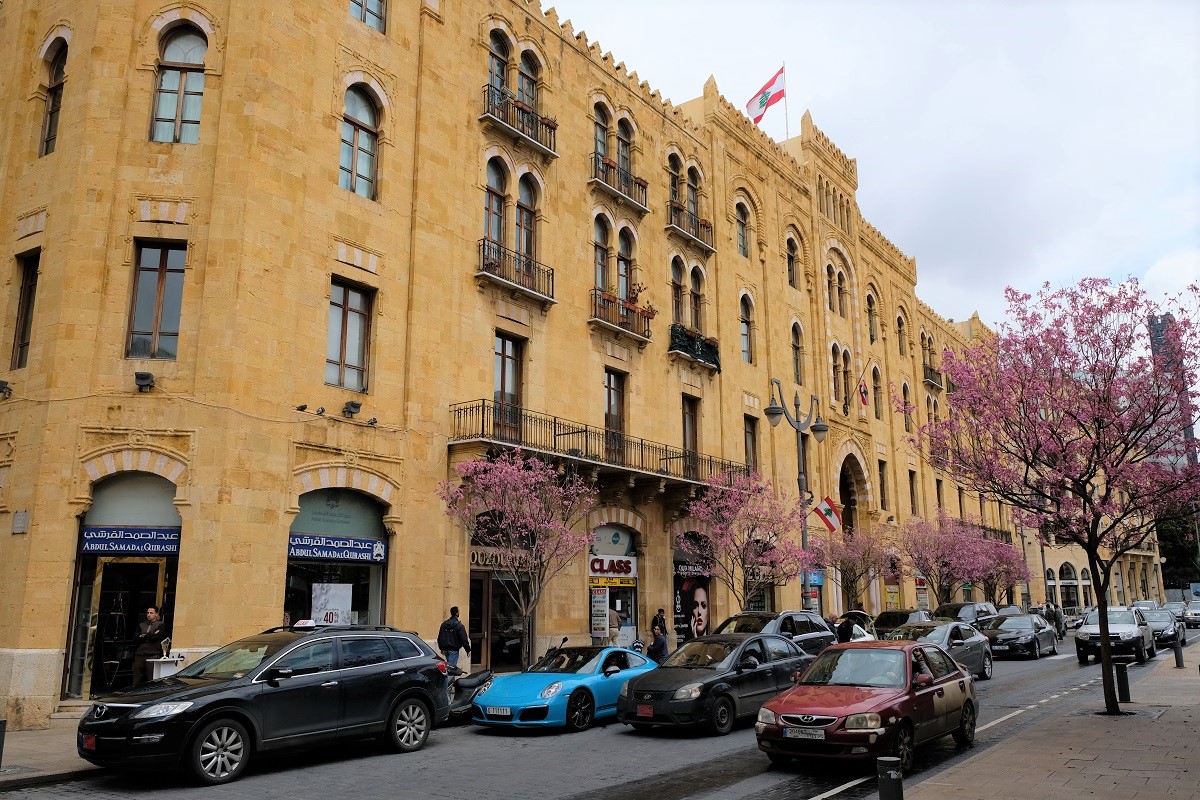

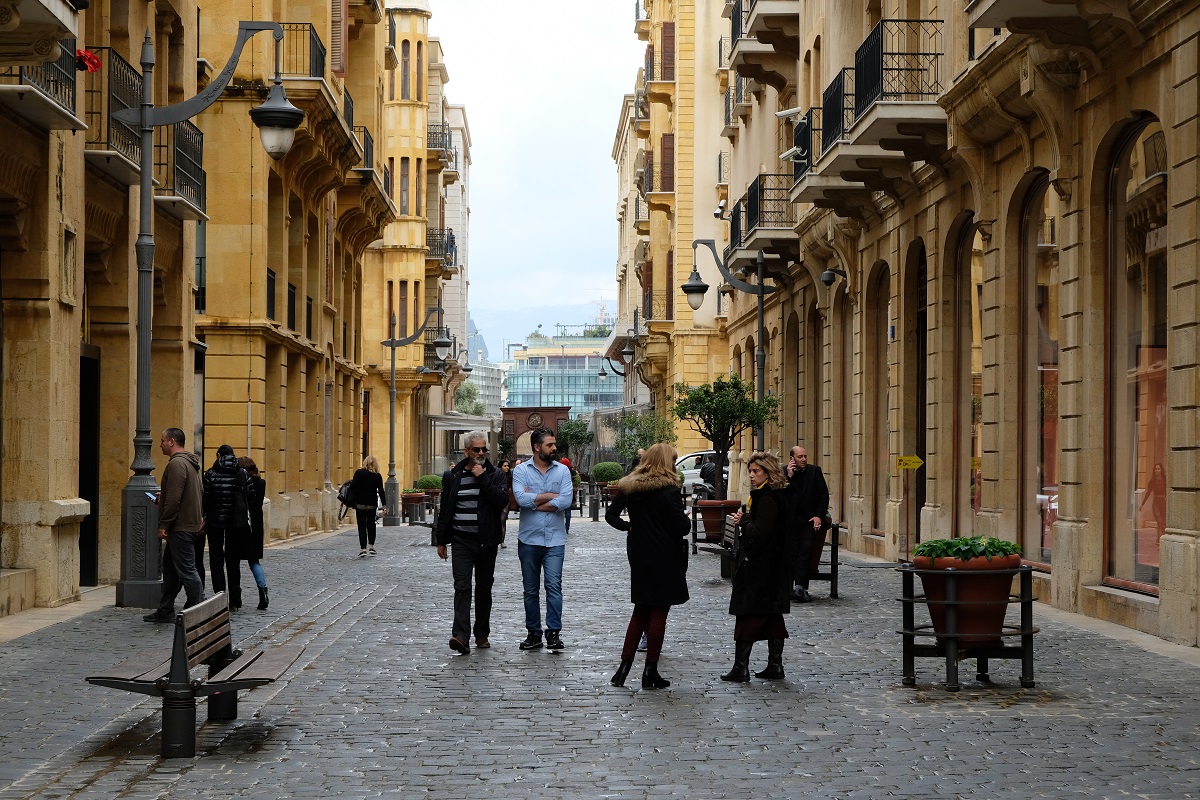
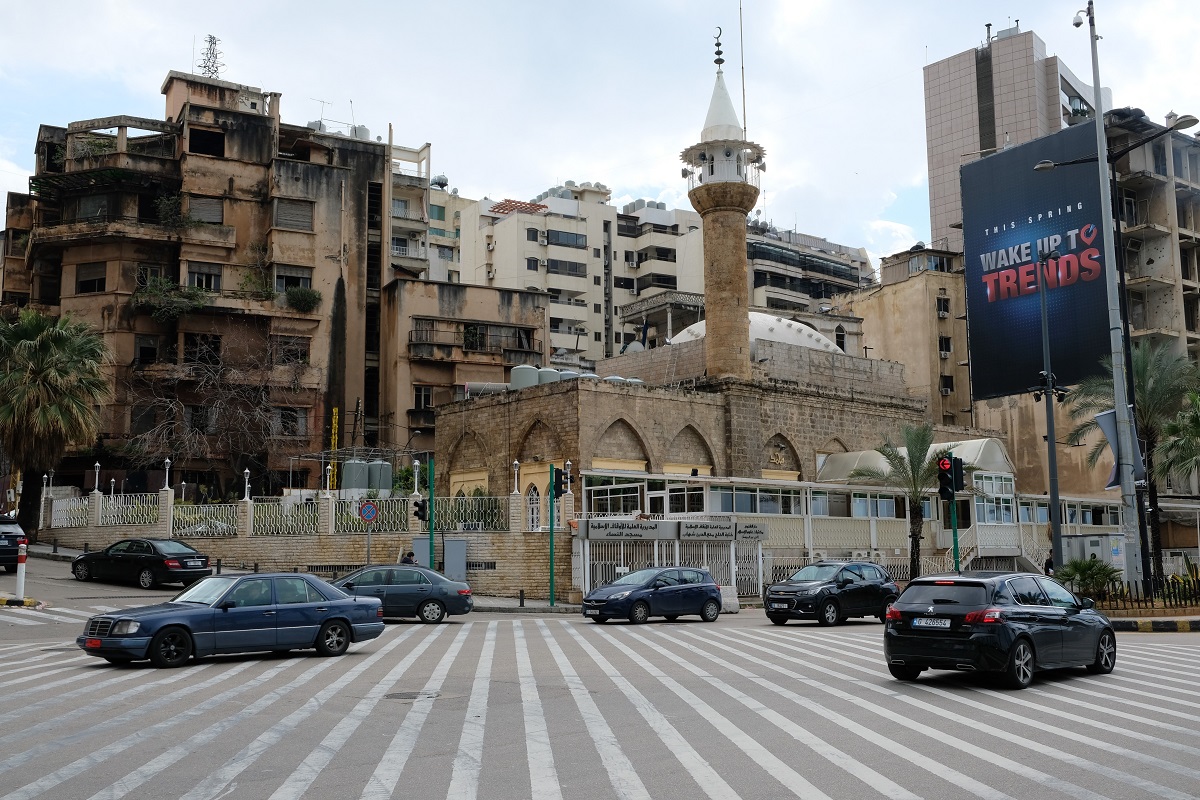



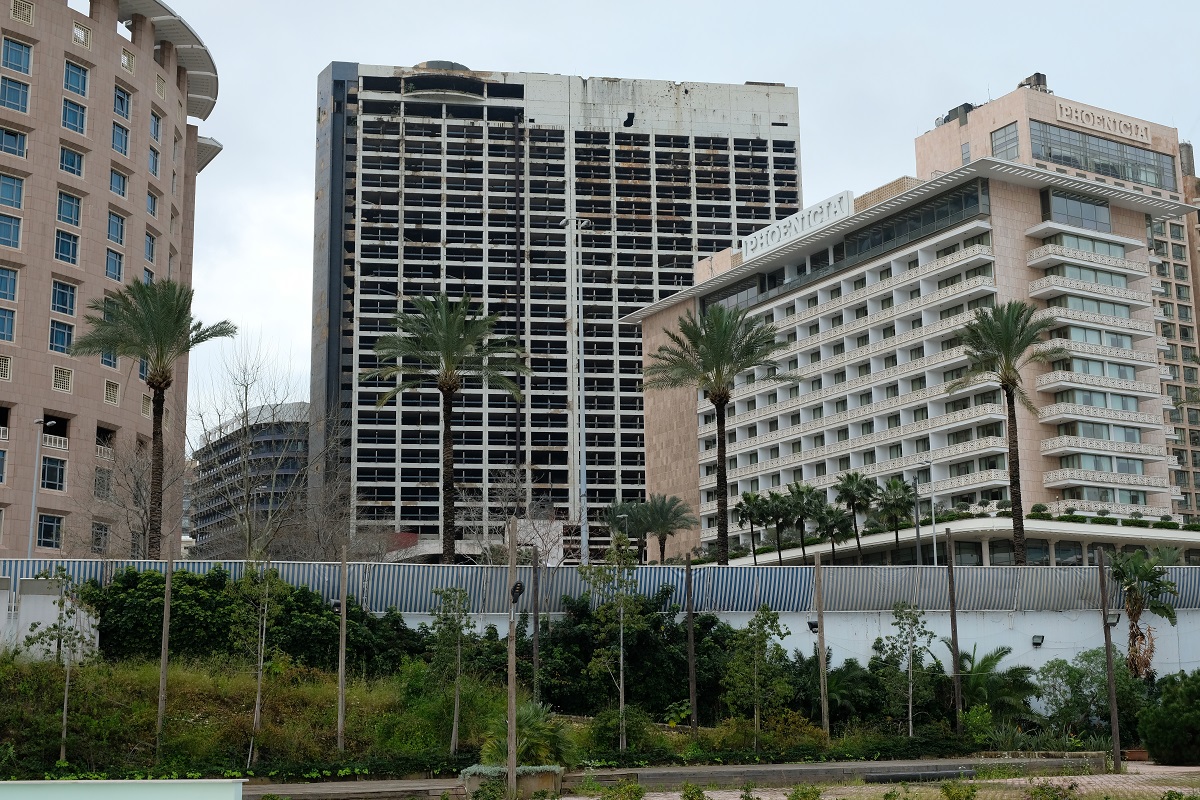






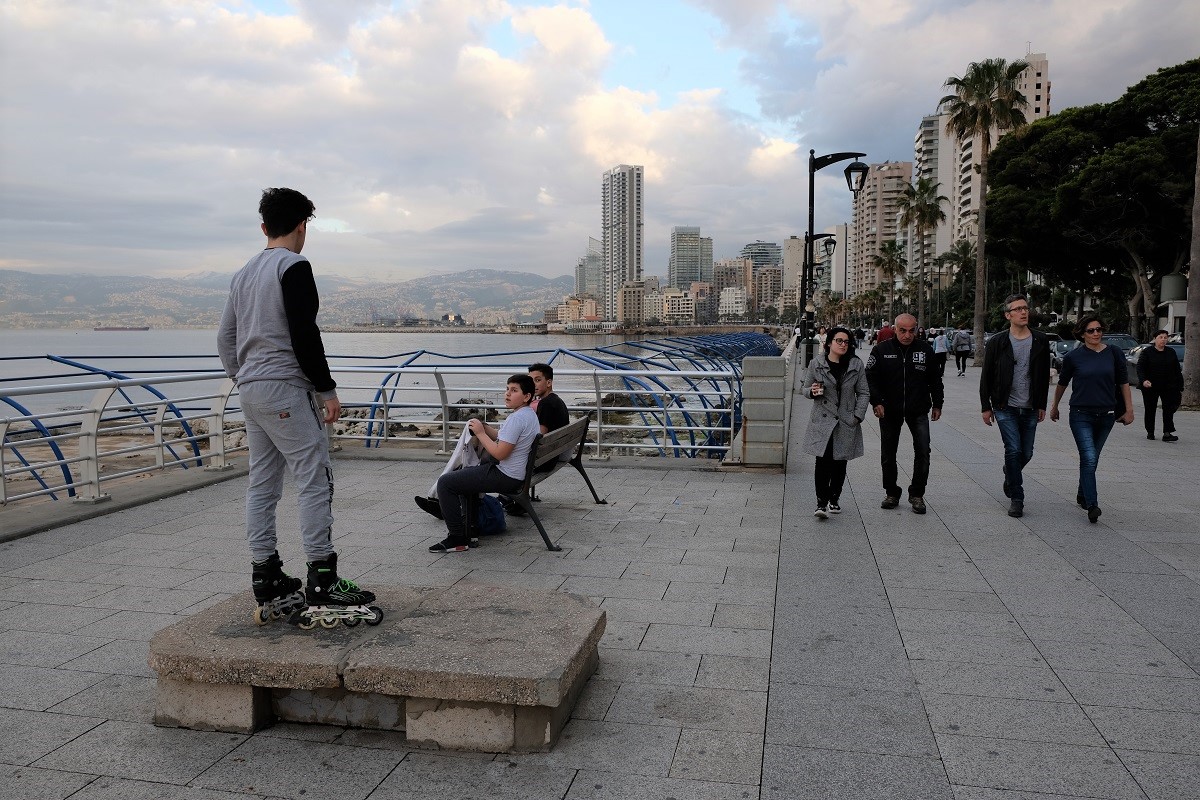

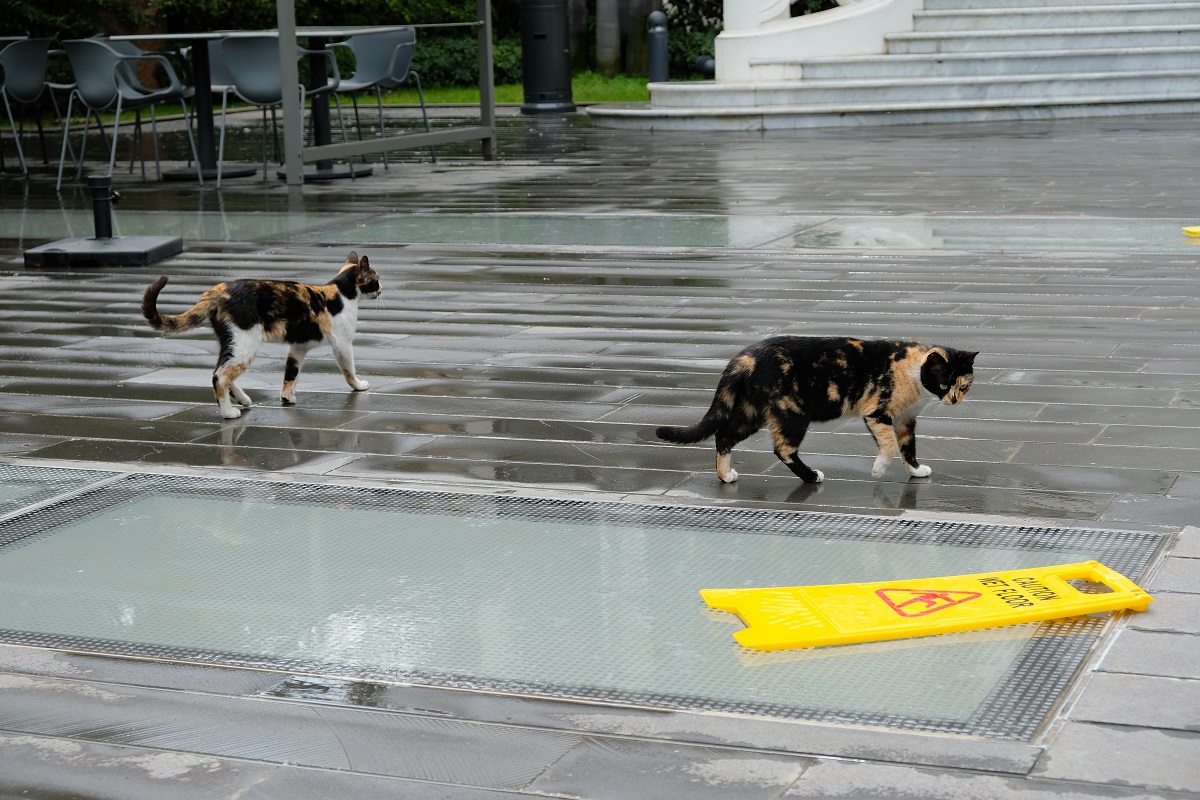



Great post 😄
LikeLiked by 1 person
Thanks for reading!
LikeLike
This was such a great write-up about the history of Beiruit and how it came to be the place it is today, Bama. It sounds like a place that has gone through a lot of conflict, rift and tensions, and civil wars – and maybe that’s why Lebanon and that part of the world and the surrounding Middle-Eastern regions get a rap for being zones in constant conflict when if you plan accordingly, can be great places to visit. From what you described and your pictures, Beirut does look like a modern city where there are plenty of shops if you want to shop and places to hang around.
Great shot of the yawning cat. It looks like a tiger 🙂
LikeLiked by 1 person
Visiting Beirut made me think of cities like Baghdad, Damascus, Sana’a and others which were (or still are) ravaged by war. I’ve read about how great those places were at some point in history, and even today they still offer amazing heritage and cultural sites. Beirut shows that it may take years for some sort of normalcy to return, as long as there’s hope and good will.
LikeLiked by 1 person
Great article.
Great insight into Lebanons history.
And great shots.
LikeLiked by 1 person
Much appreciated. Glad you enjoyed this post.
LikeLike
To be honest the war seems so distant that it’s really surprising to see vestiges such as the Holiday Inn and even the preserved scares of Beit Beirut. But I’m glad to head how well the city has recovered, and, from a selfish tourist perspective, blossomed into such a cosmopolitan hub culture and dining.
Also cheers for the much-needed political background!
LikeLiked by 1 person
They still have no idea what to do with the Holiday Inn and a few other highrise building in the city, although in the case of the former currently they’re using its ground floor to station some military vehicles. I wasn’t aware of this until a young military personnel approached me and asked me to delete my photos of the building.
LikeLiked by 1 person
Beirut looks as lovely in your photographs as the reports I’ve heard. I really liked that Art Deco clock tower in Nijmeh square.
LikeLiked by 1 person
When you visit Beirut one day, make sure not to take photo of the building right to the west of the clock tower. It’s the Lebanese parliament building, and there are military guards everywhere.
LikeLiked by 1 person
Thanks for that very crucial tip 🙂
LikeLiked by 1 person
You’re very welcome.
LikeLiked by 1 person
Certainly a great city with incredible past and a few bad chapters in between. Keep it coming
LikeLiked by 1 person
Only in a time of peace like today can Beirut’s charms really be seen and felt.
LikeLike
True
LikeLiked by 1 person
Thank you for an insight into a country where we mostly hear news about.
LikeLiked by 1 person
My pleasure, Edwin. I myself come from a country most people only hear about from the news (at least until recently). So for me visiting Beirut and telling people how it’s really like is similar with someone who travels to Jakarta and finds that it’s a far cry from how the city was depicted in the past (especially in the 2000s when terrorist attacks occurred).
LikeLiked by 1 person
Fascinating post Bama. What a lot of turmoil this part of the world had seen. So much fighting over religion. So ironic given what all the world’s religions preach. Sad. But hopefully Beirut is moving into a new era now.
Alison
LikeLiked by 1 person
I was taught that you must learn religion to be a good person. But now I think you have to be a good person first before you learn religion because there are just too many examples of “bad” religious people who believe that God loves and approves what they do. I certainly hope peace will stay in Beirut and Lebanon for a very long time.
LikeLiked by 2 people
An awesome post….heartening to see some semblance of ‘normality’ in an area that is being torn apart by political and religious differences. Makasih banyak!!
LikeLiked by 1 person
Thanks Trees! People who fight over religion today should really learn about what happened to Lebanon. Fortunately it remains largely peaceful despite the turmoil right next door.
LikeLike
Glad to hear that Beirut is gradually back to a vibrant and dynamic city. Seeing your pictures above, I agreed that Beirut looks like Istanbul. It’s like a fusion of European and Middle-East. The dome, the architecture, the people, and so on. Actually many cities in Middle East are interesting for tourism. Beirut, Tel Aviv, Jerusalem, Damascus, Kabul, Baghdad are some example. So I hope war will be over soon and then never come back again.
Anyway, I love an area like Corniche where we can walk calmly on a spacious pedestrian lane, next to a river or a sea, lined with old buildings or modern office buildings.
LikeLiked by 1 person
Some people say Tel Aviv and Beirut have some of the most vibrant nightlife scenes in the Mediterranean. I would love to visit Damascus and Baghdad as well one day for both played an important role in the history of this part of the world.
Some cities in Indonesia seem to be trying to do something similar with Beirut’s Corniche, with a varying degree of success. I remember the promenade along Pantai Losari in Makassar was quite nice, although it was too hot since I was there at noon on a clear, sunny day. 🙂
LikeLiked by 1 person
Aaa I’ve never been to Pantai Losari, but would love to someday.
Baghdad and Damascus suit you well! I’m sure they’ll be great stories for your blog.
LikeLiked by 1 person
You should go, Nug. But it’s a good idea to be there in late afternoon.
LikeLiked by 1 person
Amazing post with some wonderful pictures! Reading it felt like going on a virtual trip 🙂
LikeLiked by 1 person
Really appreciate you comment, Deboshree.
LikeLike
What a tumultuous and confusing history. Scrolling through your photos brings home how the city’s history has created a very unique look. Usually, I share your optimism for the prospects of some other war torn cities/countries, but today, after the Sri Lanka atrocities I’m sadly less hopeful. On a brighter note, your photos really capture the many aspects of the city (the Martyrs’ Square photo is really arresting). And, I love your cat photos.
LikeLiked by 1 person
I remember when I was in the mountains in Lebanon, I read the history of the civil war in the country. After a few minutes I said to myself that everything was so convoluted and complex. I’m afraid that is what’s currently happening in Syria as there are too many factions within the country with their own agenda.
What happened in Sri Lanka yesterday was really sad. But hopefully the people there won’t be provoked and remain calm. Indonesia has seen a fair share of such attacks in the past, but fortunately in general now things are much better.
LikeLiked by 1 person
Funny how we’ve seen the same places! I, too, stopped by the graffiti of that Arab singer. I visited Beirut when Daesh’s menace was quite felt – after all, they were still quite powerful and the plight of the Yazidis was just coming to light – I wonder how it feels today. I love how parts of Beirut can be so well kept and others are just a chaotic, but lively, jamble.
LikeLiked by 1 person
That stroll around Gemmayze was kind of unintentional because my friend and I were actually taking photos of the Sursock Museum’s facade a few minutes later until he realized that we could go down the stairs nearby. I didn’t notice anything that might make me think of Daesh when I was in Beirut, but I did see some Syrian refugees who were begging on the street. Really sad.
LikeLiked by 1 person
There are places I want to go and places I REALLY want to go, and Beirut is one of them, much to many of my friends’ disbelief. Reading your post and, especially, scrolling though the photos brought this feeling back very strongly. One of the photos, the typical Beiruti neighborhood, made my heart leap in my chest as it reminded me so much of Athens for some reason. My mother’s family is from Greece (many still there), and that photo just brought back a Mediterranean big-city feeling that was so familiar. At the same time, I was reminded of mortar-ridden Sarajevo and its rebirth – although certainly not to the extent Beirut has returned to its lively past. So glad you persevered with your visa to get there!
LikeLiked by 1 person
I think despite its many charms, Beirut is not for everyone. But I believe you would find it as exciting as I did, probably even more. When you mentioned about Athens, I was reminded about the fact that Greece has been on top of my wishlist since 2004. It’s been 15 years and I have yet to get the chance to visit this country. More to come on Lebanon, but I’ll be taking a little more time to write my posts this year as opposed to one post per week like what I’ve been doing for years.
LikeLiked by 1 person
I know you would be like a kid in a candy store in Greece! I hope to get back soon myself someday, but I would enjoy your take on it, too. (And I may be an outlier, but I’m OK with less frequent posts – from anyone and everyone, not just you. I have hit a wall with trying to keep up with my own posts and others’, and I’m trying to focus on the blogs of people I really care about, like you!)
LikeLiked by 1 person
Blame the opening ceremony of the Athens Olympic Games (where millennia of Greek civilizations were presented in such an elegant and innovative way) for my penchant for anything Greek. Aww, thanks a lot for being a regular reader, Lex. I think for the time being I’ll try with two posts per month.
LikeLiked by 1 person
What a fantastic write-up, Bama. There is so much I didn’t know about Beirut. And your photographs add beautifully to your story, and at times, tell their own stories. Just wonderful.
LikeLiked by 1 person
Thanks Jolandi. It’s understandable that Lebanon is not on most people’s radar because of its turbulent past. But the Lebanon that I saw and experienced was a country filled with welcoming people, amazing food, spectacular landscape, and great art scene. But for a small country it does face a lot of problems, which shouldn’t deter anyone from coming though.
LikeLiked by 1 person
I completely agree, Bama. It is often the places which deter most people from visiting (for various reasons) that has so much more to offer than meets the eye.
LikeLiked by 1 person
Outstanding post! Very educational. Looks like a visit will be worth it! What’s with the lighthouse?
Thanks!
LikeLiked by 1 person
That was the old lighthouse of Beirut — after which the area around it was named — which was decommissioned some years ago. It still remains a landmark among the locals.
LikeLike
Wow… Bama sudah sampe ke Lebanon. Melihat foto – foto Beirut, rasanya memang cocok kota ini diibaratkan sebagai Paris nya Middle East. Dan shopping districtnya, mirip dengan kawasan Nisantasi di Istanbul. Arsitektur bangunannya, jalanan yang dilapisi cobblestone, serta bangku – bangku yang tersedia di pinggir jalan. Bagaimana masalah pengurusan visa, Bama? Apa tidak sulit? Sepengetahuanku, ngga bisa visa on arrival kan ya.. Btw, aku kasi komen pake bahasa Indonesia ya. Lagi males mikir pake bahasa Inggris 😀
LikeLiked by 1 person
Wah saya malah gak ke area Nisantasi waktu ke Istanbul dulu. Mungkin memang mirip kali ya. Nah, soal pengurusan visa Lebanon ini memang sudah ada beberapa yang menanyakan ke saya karena untuk WNI entah kenapa sepertinya Lebanon adalah salah satu negara yang pelit visa. Saya kan kemarin traveling sama James, dan kebetulan dia punya teman orang sana yang mau dimintai tolong untuk membuat surat undangan plus menyertakan ID card-nya dia.
LikeLiked by 1 person
Hi Bama. I’m new to blogging and reading your posts and seeing your photos is really exciting. I realize I’ve missed out on a lot. I will apply myself and hopefully, soon enough, I’ll have some content and photos to share. Thanks for the inspiration.
LikeLiked by 1 person
Hi Osiris. Thanks for dropping by, and welcome to the bloggosphere! I hope you’ll find a lot of inspirations to write on your blog.
LikeLiked by 1 person
Thanks, Bama for these wonderful pictures of Beirut. I was there back in 1972-73 before it all went to pieces. So much has changed since then. I hope the city has better infrastructure now. I remember that all the sewage and trash was just pushed into the sea back then.
LikeLiked by 1 person
Beirut actually is still facing serious problems with waste management. At the moment the situation was not as bad as a few years ago when the city was facing a garbage crisis, but a local told me that no long-term solution has been formulated by the government.
LikeLike
Whew! That was quite the potted history of Lebanon. I learned so much just be reading this post (for instance, I didn’t know the Maronite Church had its origins in Roman times!) and it was really sensible of you to distill Beirut’s complicated backstory. Generally speaking, I think your pictures from the city turned out much nicer than mine – the series of people relaxing on the Corniche are a real winner. And I also love how you paid attention to smaller details like the Arabic, French, and English text on the street signs. Guess it’s time for me to reconsider lugging around a clunky DSLR on our future trips!
LikeLiked by 1 person
That first night in Al Arz when I was reading about the Lebanese civil war, I was overwhelmed by its insanely complicated history. In this post I tried to give an idea of how complicated it was without being overly convoluted with the information. About the camera, I think sooner or later you should consider getting a new one which is smaller and easier to carry around, i.e. a mirrorless camera. It felt nice to take photos on the streets of Beirut without being too conspicuous.
LikeLiked by 1 person
Great post, Bama, you open up the door of possibilities of visiting Beirut one day for me. The Middle East has such an amazing history, and your account of the history of Beirut is so informative in understanding how it has become what it is today. Your photos seem to bring this history to life into the modern day Beirut…and has me looking at flights from Prague 🙂 Enjoy your day.
LikeLiked by 1 person
Thanks Randall. Lucky you, Prague is a lot closer to Beirut than Jakarta is to the Lebanese capital. I have a feeling that you would enjoy Beirut and the rest of the country for it has so many stories to learn about and unbelievably beautiful landscape to marvel at. Enjoy your weekend! 🙂
LikeLike
Pingback: Into Lebanon’s Snowy Realms | What an Amazing World!
It’s been 13 years since the last big conflict ended yet the post-war vibes are quite strong with this one. Still a lovely city tho.
LikeLiked by 1 person
Many scars of the war in Beirut were purposefully untouched to remind today’s generation of what their parents had to endure and what needs to be done to prevent such tragedy from happening again.
LikeLike
Pingback: Bsharri and the Holy Valley | What an Amazing World!
Pingback: A Valley Between the Snows | What an Amazing World!
Pingback: Amman’s Layers of History | What an Amazing World!